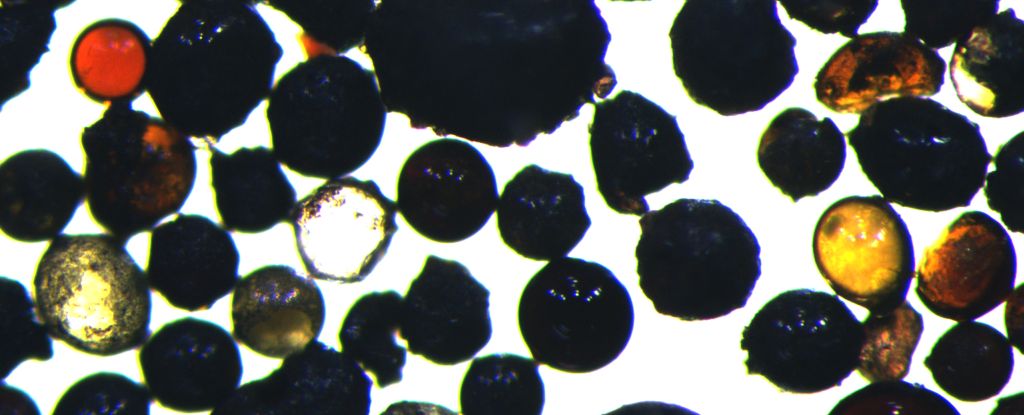MI weekly selection #482

Climate change boosted hurricane rainfall
Using the scientifically-accepted attribution technique they developed and shared earlier this year, a pair of researchers have released a subsequent study finding climate changes has led to at least 10% more rainfall during Hurricane Ian, which struck the US this week, than in a world without excess greenhouse gases trapping heat in the atmosphere. Climate scientist Michael Wehner and atmospheric scientist Kevin Reed developed the model based on data from hurricanes recorded in 2020.
Full Story: The Associated Press
Dogs can detect the scent of stress
Dogs can be trained to detect changes in body odor or breath that occur when people are under stress, and the finding might improve training of service dogs for people with post-traumatic stress disorder, says Clara Wilson, first author of a study in PLOS ONE. It’s likely that even companion dogs with no training can smell when their owner is stressed, Wilson said.
Full Story: The Guardian
91% of methane burned away in fuel production
Though oil and gas companies claim 98% of methane released through fuel production is burned away, a study in Science found the true number is closer to 91%, and the 7% difference leads to the equivalent of around 3 million cars worth of pollution in the atmosphere. “Any percentage that is in the methane phase instead of CO2 phase is substantially more problematic,” said atmospheric scientist Dan Cusworth, who was not involved in the study.
Full Story: Science News
Sex tied to longevity gene in mouse study
There are genes in mice that are directly responsible for how long they live, but different genes control longevity in female mice, who live longer than males. “It just shows you that sex is an important thing to consider in these studies,” said geneticist Maroun Bou Sleiman, co-author of the study, which mapped the DNA of 3,000 mice to determine which areas of the genome affected lifespan.
Full Story: The Scientist
Lunar glass beads tie meteorite strike on Earth, Moon
Microscopic and chemical analysis of 135 tiny glass beads recovered from the surface of the Moon suggests there is a history of lunar meteorite impacts that correlates directly with impact on Earth, and that many of Earth’s impact events may have been accompanied by smaller impacts. “We found that some of the age groups of the lunar glass beads coincide precisely with the ages of some of the largest terrestrial impact crater events, including the Chicxulub impact crater responsible for the dinosaur extinction event,” said geologist Alexander Nemchin, co-author of the study.
Full Story: ScienceAlert